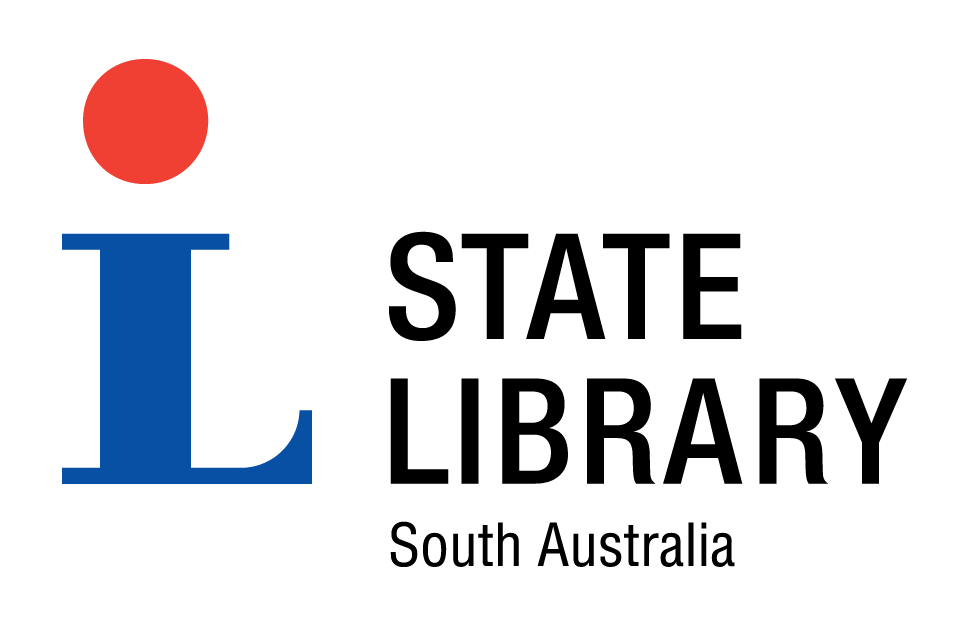
Sir Henry Ayers |
|||
|---|---|---|---|
| Title : | Sir Henry Ayers |

|
|
| Source : | PRG 67/48 | ||
| Date of creation : | ca. 1848 | ||
| Format : | Photograph | ||
| Dimensions : | 9.5 cm x 8 cm x 2 cm | ||
| Contributor : | State Library catalogue | ||
| Catalogue record | |||
| The State Library of South Australia is keen to find out more about SA Memory items. We encourage you to contact the Library if you have additional information about any of these items. | |||
| Copyright : | Reproduction rights are owned by State Library of South Australia. This image may be printed or saved for research or study. Use for any other purpose requires permission from the State Library of South Australia. To request approval, complete the Permission to publish form. |
| Description : |
An early (daguerreotype) portrait of Henry Ayers, accompanied by a note signed by Ayers explaining the photo was taken a few years after his appointment as Secretary of the Burra Burra mines in 1845: According to an inscription inside the cover, 'This was taken by a travelling Artist at the Burra sometime in 1847 or 1848 when I was 26 or 27 years old. It was greatly esteemed by my Dear Wife as a capital likeness of --- H.A.' This daguerreotype was possibly created by travelling daguerreotype photographer G. B. Goodman, who took up a 40 day residency at the rear of Adelaide Auctioneer Emanuel Solomon's home in January 1846, creating 50 daguerreotype images for Adelaide patrons (Register 21 January 1846). The former South Australian Premier Henry Ayers was born in England in 1821 and arrived in South Australia in 1840. He was elected to the first Legislative Council in 1857 and held several positions including chief secretary, premier and president of the council during his 36 years as a council member. Ayers died on 11 June 1897. This daguerreotype has been finished handsomely in a special case, or frame. It is most likely made from Gutta-percha, which was one of the first plastic materials, made from a mixture of resins from Malaysian trees. It was molded and used for daguerreotype cases, toiletry articles, and picture frames in the nineteenth century. A daguerreotype is an early type of photograph in which the image is exposed directly onto a mirror-polished surface of silver bearing a coating of silver halide particles deposited by iodine vapor. In later developments bromine and chlorine vapors were also used, resulting in shorter exposure times. Unlike later photographic processes that supplanted it, the daguerreotype is a direct positive image-making process with no "negative" original. |
| Subjects | |
| Related names : | Ayers, Henry, Sir, 1821-1897 Goodman, G.B. |
| Coverage year : | ca.1848 |
| Period : | 1836-1851 |
| Region : | Adelaide city |
| Further reading : | Richter, Stefan, The art of the daguerreotype / Stefan Richter ; with an introduction by Helmut Gernsheim, London : Viking, 1989 Cato, Jack The story of the camera in Australia Melbourne : Georgian House, 1955, p.5 Noye, Robert J. (Robert James) Welcome to Photohistory SA [electronic resource] : a web site dedicated to the history of South Australian photography from 1845 to around 1915 [S.Aust.]: R.J. Noye, c1998 Frizot, Michel A new history of photography K ln : K nemann, c1998 Robinson, Julie A century in focus : South Australian photography, 1840s-1940s Adelaide : Art Gallery of South Australia, 2007 |
| Internet links : | Australian dictionary of biography online edition see Ayers, Sir Henry State Library of South Australia, General Information Factsheets Online: Photographic Collections History of photogaphy: Wikipedia Daguerreotype: Wikipedia State Library of Sotuh Australia, Archival Collections, papers of the Ayers family, PRG 67 |


